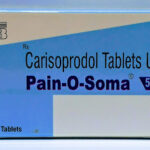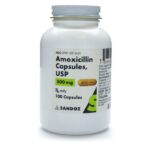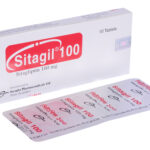Nalixone 500mg/50mg: Uses, Side Effects, Interactions
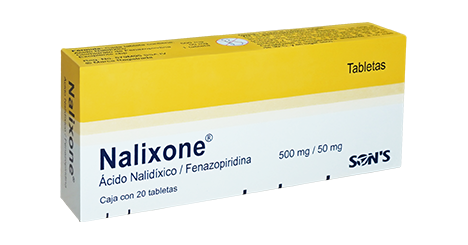
Nalixone is a Mexican antibacterial medication that consists of Nalidixic Acid and Phenazopyridine Hydrochloride. Nalidixic acid is a quinolone antibacterial agent for oral administration. Nalidixic acid has marked antibacterial activity against gram-negative bacteria including Enterobacter species, Escherichia coli, Morganella Morganii; Proteus Mirabilis, Proteus vulgaris, and Providencia rettgeri.
Phenazopyridine on the other hand is a pain reliever that affects the lower part of your urinary tract (bladder and urethra). Together, they are used to treat urinary symptoms such as pain or burning, increased urination, and increased urge to urinate.
To reduce the development of drug-resistant bacteria and maintain effectiveness of Nalixone and other antibacterial drugs, Nalixone should be used only to treat or prevent infections that are proven or strongly suspected to be caused by susceptible bacteria. When culture and susceptibility information are available, they should be considered when selecting or modifying antibacterial therapy. In the absence of such data, local epidemiology and susceptibility patterns may contribute to the empiric selection of therapy.
How to use Nalixone
Read all directions on the product package before using this medication. If you have any questions, consult your pharmacist. If your doctor has prescribed this medication, use it as directed.
Read the Patient Information Leaflet available with this product. Consult your doctor or pharmacist if you have any questions.
Antacids containing calcium, magnesium, or aluminum; sucralfate; divalent or trivalent cations such as iron; multivitamins containing zinc; or Videx® (Didanosine), chewable/buffered tablets of the pediatric powder for oral solution should not be taken within the two-hour period before or within the two-hour period after taking this medication.
What are the possible side effects of Nalixone?
- Feeling sleepy.
- Dizziness.
- Headache.
- Feeling tired or weak.
- Stomach pain.
- Upset stomach or throwing up.
- Diarrhea.
- Little or no urinating.
- Swelling, rapid weight gain.
- Confusion, loss of appetite, pain in your side or lower back.
- Fever, pale or yellowed skin, stomach pain, nausea and vomiting or
blue or purple appearance of your skin.
This is not a complete list of side effects and others may occur.
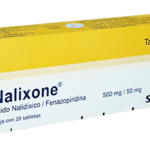
What are some side effects that I need to call my doctor about right away?
Even though it may be rare, some people may have very bad and sometimes deadly side effects when taking a drug. Tell your doctor or get medical help right away if you have any of the following signs or symptoms that may be related to a very bad side effect:
Signs of an allergic reaction, like rash; hives; itching; red, swollen, blistered, or peeling skin with or without fever; wheezing; tightness in the chest or throat; trouble breathing, swallowing, or talking; unusual hoarseness; or swelling of the mouth, face, lips, tongue, or throat.
- Joint pain or swelling.
- Mood changes.
- Change in the way you act.
- Very bad headache.
- Feeling confused.
- Change in eyesight.
- Seizures.
Nalixone Safety Information
Central Nervous System (CNS) effects including convulsions, increased intracranial pressure, and toxic psychosis has been reported with nalidixic acid therapy. Convulsive seizures have been reported with other drugs in this class. Quinolones may also cause CNS stimulation which may lead to tremors, restlessness, lightheadedness, confusion, and hallucinations. Therefore, nalidixic acid should be used with caution in patients with known or suspected CNS disorders, such as cerebral arteriosclerosis or epilepsy, or other factors which predispose seizures. If these reactions occur in patients receiving nalidixic acid, the drug should be discontinued and appropriate measures instituted.
Serious and occasionally fatal hypersensitivity (anaphylactoid) reactions, some following the first dose, have been reported in patients receiving quinolone therapy. Some reactions were accompanied by cardiovascular collapse, loss of consciousness, tingling, pharyngeal or facial edema, dyspnea, urticaria, and itching. Only a few patients had a history of hypersensitivity reactions. Serious anaphylactoid reactions required immediate emergency treatment with epinephrine. Oxygen, intravenous steroids, and airway management, including intubation, should be administered as indicated.
Nalidixic acid and other members of the quinolone drug class have been shown to cause arthropathy in juvenile animals.

